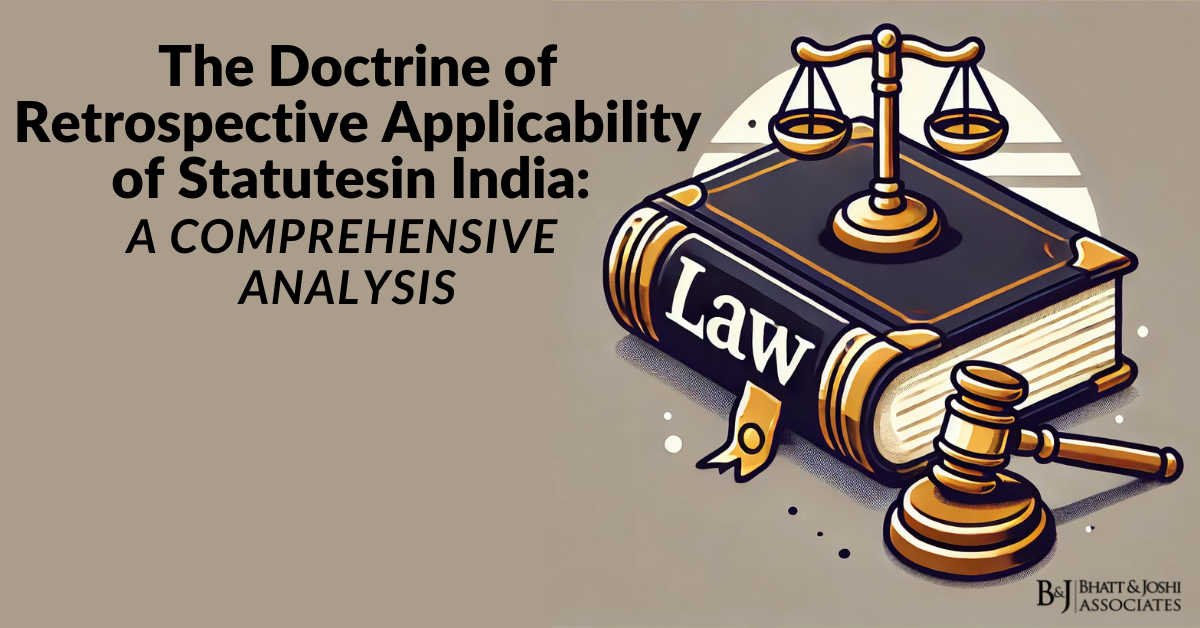Introduction
As companies grow and evolve, they often need to adjust their capital structure to meet new business needs or take advantage of opportunities. This process, known as alteration of share capital, is a fundamental aspect of corporate finance and governance. Let’s explore this concept in greater detail, examining its various forms, legal implications, and the procedures involved.
What is Alteration of Share Capital?
Alteration of share capital refers to any change in the structure, composition, or amount of a company’s share capital. This can involve modifying the number of shares, their nominal value, or the rights attached to different classes of shares. The ability to alter share capital provides companies with flexibility to adapt to changing market conditions, raise funds, or restructure ownership.
Key reasons for altering share capital include:
- Raising additional capital for expansion or new projects
- Improving the marketability of shares
- Adjusting the company’s capital structure for tax or strategic purposes
- Facilitating mergers, acquisitions, or corporate restructuring
Types of Alteration of Share Capital
The Companies Act of 2013 outlines five primary methods for altering share capital:
- Increase in Authorized Capital: Authorized capital, also known as nominal or registered capital, represents the maximum amount of share capital a company is permitted to issue. Increasing authorized capital involves amending the capital clause in the company’s Memorandum of Association. This doesn’t immediately raise funds but provides the company with the ability to issue more shares in the future.
- Consolidation of Shares: This process involves combining multiple shares of smaller denominations into fewer shares of larger denominations. For example, two shares with a nominal value of $5 each might be consolidated into one share with a nominal value of $10. Consolidation can be useful for reducing administrative costs or improving the perceived value of shares.
- Subdivision of Shares: Subdivision, also known as a stock split, is the opposite of consolidation. It involves dividing existing shares into a larger number of shares with a lower nominal value. For instance, one share with a nominal value of $10 might be split into two shares with a nominal value of $5 each. This can make shares more affordable and increase liquidity in the market.
- Conversion of Shares into Stock: This process involves converting fully paid-up shares into a single, indivisible unit of stock. Converting shares to stock can offer greater flexibility in transferring ownership, as stock can be divided into any amount, unlike shares which must be transferred in whole units.
- Cancellation of Shares: Share cancellation is the process of permanently removing shares from circulation, effectively reducing the company’s share capital. This can occur through share buybacks or the redemption of redeemable shares. Cancellation can be used to return excess capital to shareholders or to increase the ownership percentage of remaining shareholders.
The Process of Altering Share Capital
Altering share capital is a significant corporate action that requires careful adherence to legal procedures. The general process involves:
- Reviewing the Articles of Association: Before initiating any change, the company must ensure that its Articles of Association permit the proposed alteration. If not, the articles themselves may need to be amended first.
- Board Meeting: The board of directors must convene to discuss and approve the proposed alteration. A formal notice detailing the agenda, date, time, and location must be sent to all directors at least seven days in advance.
- Calling an Extraordinary General Meeting (EGM): An EGM must be called to obtain shareholder approval for the alteration. Notice of the EGM must be sent to all shareholders, directors, and auditors at least 21 days before the meeting, unless shorter notice is agreed to by at least 95% of members entitled to vote.
- Conducting the EGM: At the EGM, the proposal for altering share capital is presented and voted upon. If approved, the resolution is passed, and any necessary explanatory statement is attached.
- Filing with the Registrar of Companies: Within 30 days of passing the resolution, the company must file the appropriate forms (such as eForm SH-7 and eForm MGT-14) with the Registrar of Companies, along with the required fees.
- Amending Company Documents: Following approval and registration, the company must update its Memorandum of Association and Articles of Association to reflect the changes in share capital.
Legal and Financial Implications
Altering share capital can have significant legal and financial implications:
- Shareholder Rights: Changes in share capital can affect voting rights, dividend entitlements, and other shareholder privileges.
- Market Perception: Alterations may impact how the market views the company, potentially affecting share price and investor sentiment.
- Regulatory Compliance: Companies must ensure they comply with all relevant securities laws and stock exchange regulations when altering share capital.
- Tax Considerations: Certain types of alterations may have tax implications for both the company and its shareholders.
Conclusion
Alteration of share capital is a powerful tool that allows companies to adapt their capital structure to changing business needs and market conditions. However, it’s a process that requires careful consideration, planning, and execution. Companies must balance the potential benefits of altering their share capital against the costs and complexities involved. By understanding the various types of alterations available and following the proper procedures, businesses can effectively manage their capital structure to support growth, improve financial flexibility, and enhance shareholder value. As with any significant corporate action, it’s advisable for companies to consult with legal and financial experts when considering alterations to their share capital to ensure compliance with all relevant laws and regulations and to maximize the benefits of such changes.














